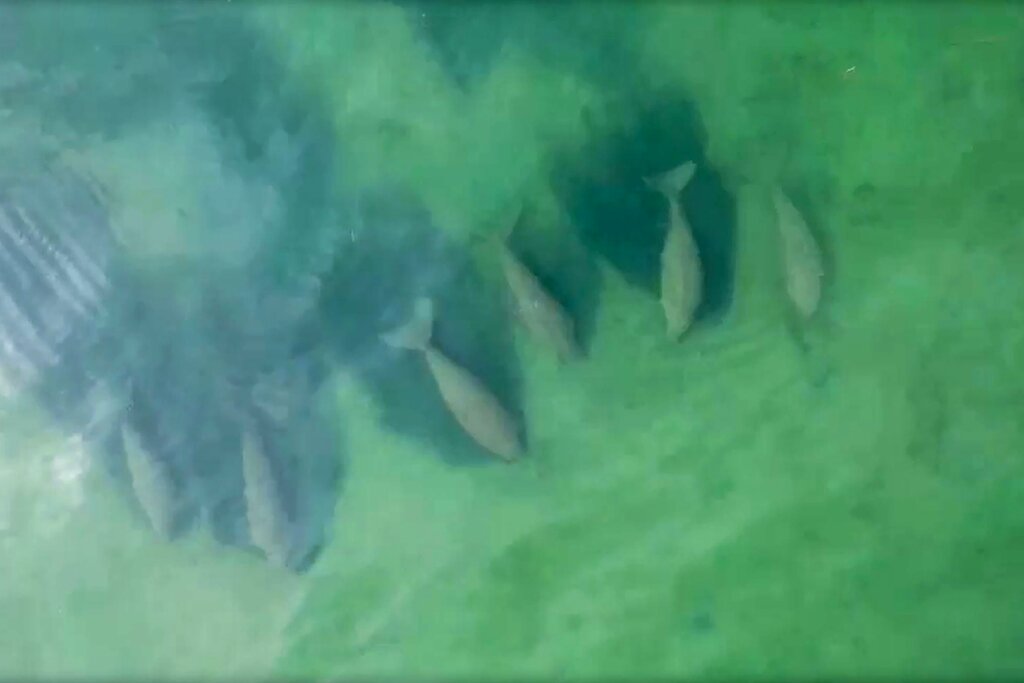Wolves were exterminated from France during the first half of the 20th century. However at the end of the century and the beginning of the 21st, wolves started to recolonise from their stronghold on the Italian peninsula.

The first wolves were sighted around 1996-7 back in France. In the 25 years since, the wolf in France has multiplied and spread.
Continue reading “Last year a wolf was seen in Normandy for the first time on more than a century”
















